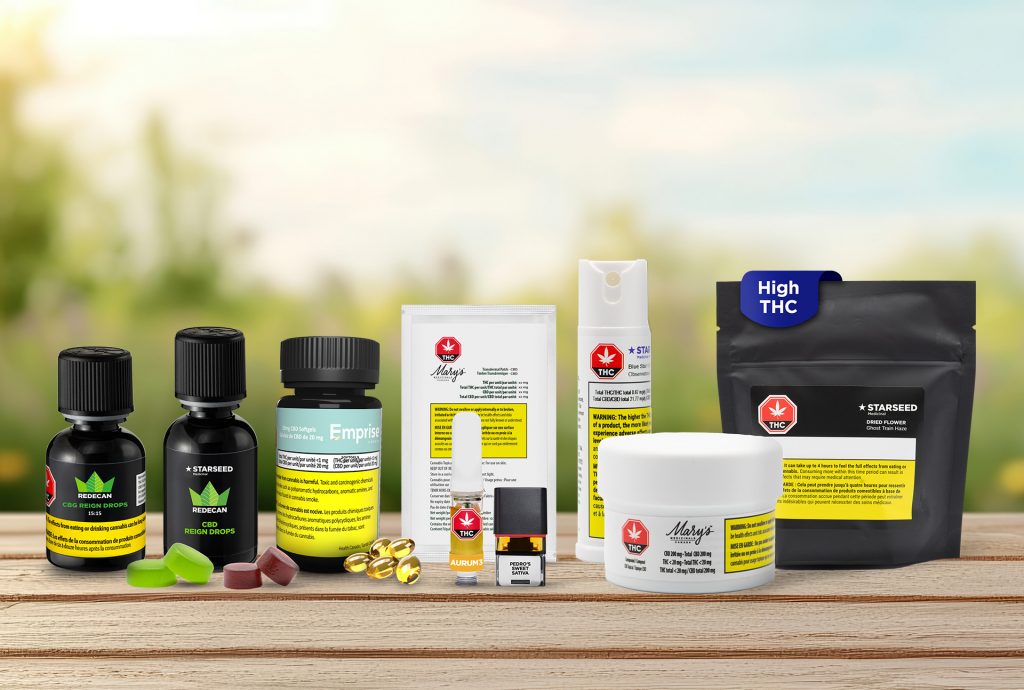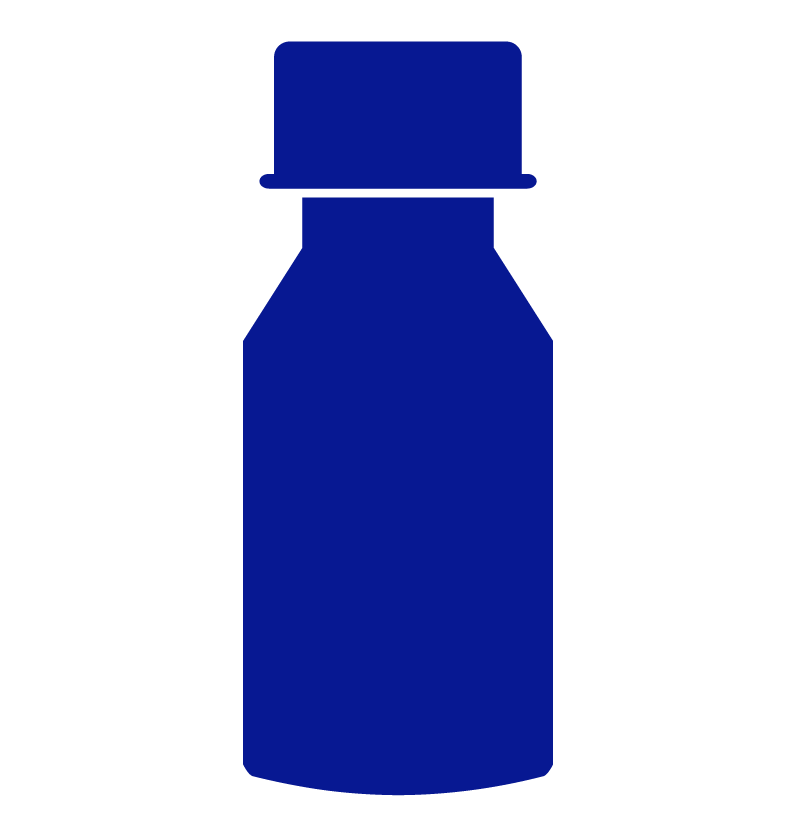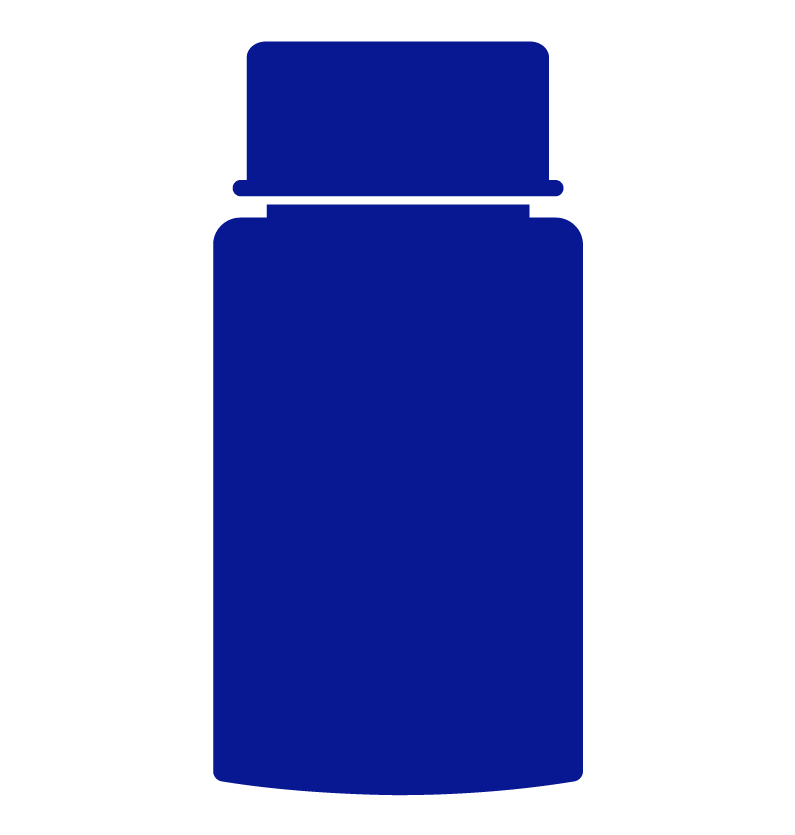You may have heard the term “Entourage Effect” used in conversations about how cannabis works in the body. But what does it mean, and why is it important to your treatment plan?
In this blog, we’ll break down the science of the Entourage Effect, explore the roles of terpenes and minor cannabinoids, and explain how this knowledge can support your medical cannabis journey.
What Is the Entourage Effect?
The Entourage Effect is the hypothesis that all the compounds in cannabis—like cannabinoids, terpenes, and flavonoids—work together to create a stronger therapeutic effect than any single compound could on its own.
For example, you might know THC (tetrahydrocannabinol) as the compound that produces cannabis’s psychoactive effects, or CBD (cannabidiol) for its calming properties. While these cannabinoids are powerful on their own, they may work even better when combined with other compounds naturally found in cannabis.
The concept was first introduced in 1998 by scientists Shimon Ben-Shabat and Raphael Mechoulam, who studied how cannabinoids and other compounds interact in the body’s endocannabinoid system 1. Since then, research has shown that the potential effects of compounds found in cannabis and their unique combinations may produce a desirable synergistic effect 2.
The Role of Terpenes and Minor Cannabinoids
Terpenes are aromatic compounds that give cannabis its unique scents and flavors—like citrus, pine, or spice. Beyond their smell, terpenes have therapeutic properties. For example:
• Myrcene: Known to have a pain relief effect. High levels of Myrcene can result in a “couch lock” effect. 3
• Limonene: May offer mood-boosting and stress-relieving benefits 3
• Pinene: May support focus and memory 3
• Linalool: May assist with anxiety 3
Minor cannabinoids, such as CBG (cannabigerol) and CBC (cannabichromene), also play an important role. While they’re present in smaller amounts than THC and CBD, these compounds can help enhance the therapeutic effects of cannabis.
• CBG: Known for its potential anti-inflammatory and antifungal properties 2.
• CBC: Studied for its role in pain relief and neuroprotection 2.
When combined with THC and CBD, these terpenes and minor cannabinoids contribute to the Entourage Effect, offering a more comprehensive approach to symptom relief.
How Understanding the Entourage Effect Can Help Your Treatment
Choosing the right cannabis product for your medical needs often involves more than just looking at the THC or CBD content. By considering the full spectrum of cannabinoids and terpenes, you may be able to find a product that better suits your symptoms.
For example:
• If you’re managing chronic pain, a cultivar high in myrcene and CBG might offer better relief than one with only THC present 4.
• For anxiety, cultivars with CBD, limonene, and linalool may help create a calming effect 4
Additionally, research suggests that the Entourage Effect may reduce the undesirable side effects of THC, such as anxiety or dizziness, by balancing its impact with other cannabinoids like CBD 5.
Recent Research on the Entourage Effect
While more studies are needed, recent research is uncovering exciting insights about how cannabis compounds interact.
• Recent research on cannabis interactions is exploring how cannabis compounds work together, both when cannabinoids interact with each other (called intra-entourage) and when cannabinoids interact with terpenes (called inter-entourage). Scientists believe that mixing specific cannabinoids and terpenes, or using whole cannabis extracts, could make the effects stronger. For example, terpenes like myrcene and limonene might help improve mood or reduce anxiety, boosting the benefits of cannabinoids like THC and CBD, though more studies are needed to confirm this. 6
These findings reinforce the idea that whole-plant cannabis formulations may be more beneficial for certain medical conditions than single-compound products.
What This Means for Your Medical Cannabis Journey
Understanding the Entourage Effect can empower you to make informed choices about your treatment. When discussing cannabis with your healthcare practitioner, consider asking questions like:
• What terpenes or minor cannabinoids are in the product?
• Would a full-spectrum extract be better for my condition?
• Are there specific cultivars/terpene profiles/cannabinoid profiles that might address my symptoms?
By learning more about the compounds in cannabis and how they work together, you can take a more personalized approach to your care.
The Entourage Effect shows us that cannabis is more than just THC or CBD—it’s a complex plant with a variety of compounds that work together to support your health. With continued research, we’re learning more about how terpenes and minor cannabinoids contribute to its healing potential.
If you’re curious about how the Entourage Effect can play a role in your treatment plan, talk to your healthcare practitioner or reach out to the Starseed Client Care team. Together, you can find a product that meets your unique needs and helps you get the most out of your medical cannabis journey.





